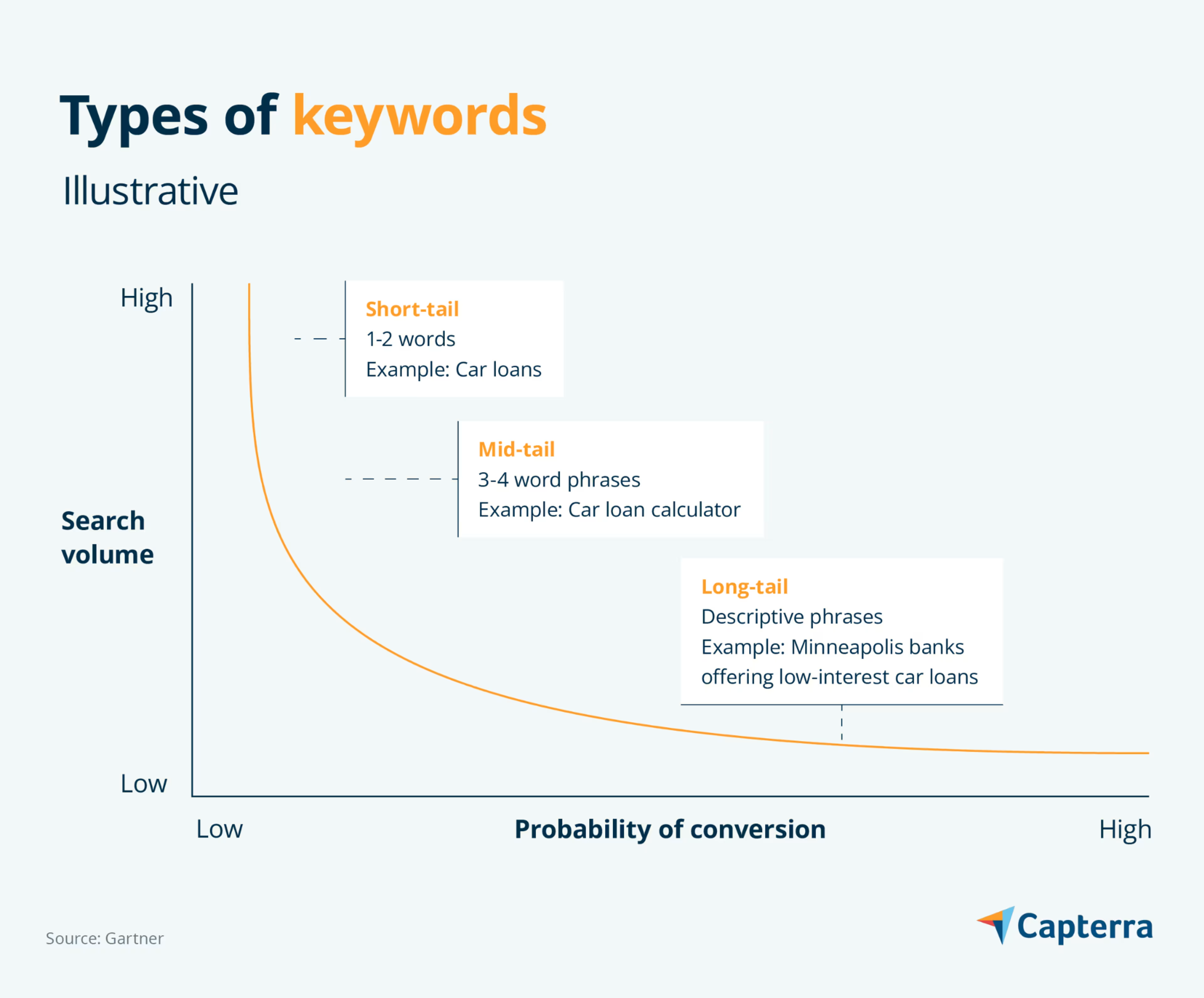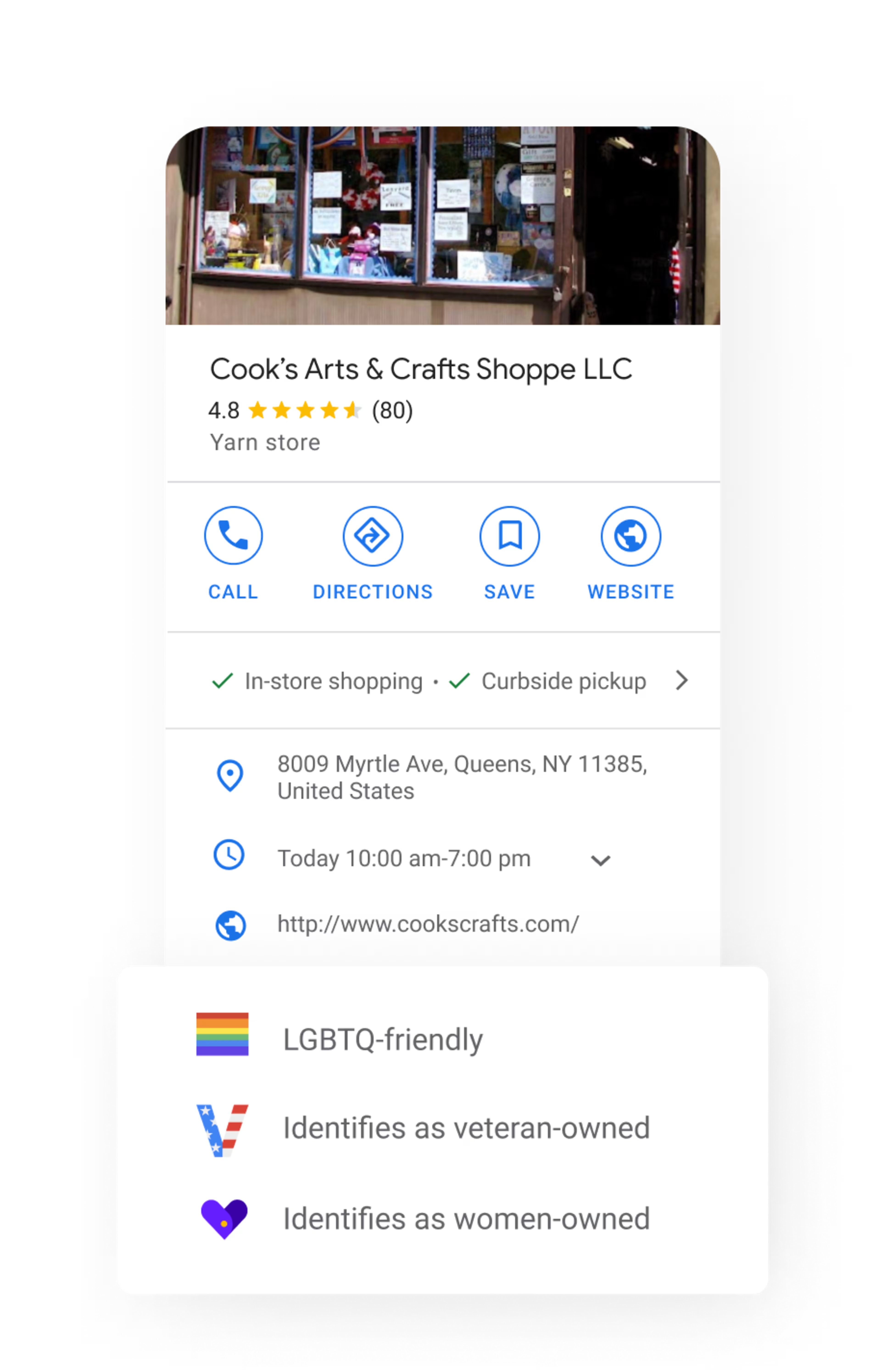Want to drive traffic to your website? Build your SEO knowledge with this guide.
For small business retailers and marketers with basic SEO knowledge, it's hard to tell where to focus your efforts. You don't have in-house SEO expertise to execute a long-term strategy, yet you need to continuously improve your web presence to drive traffic and sales.
The tips below will help you expand your SEO toolkit. They'll set you up for success even if you eventually outsource SEO by helping you better articulate your goals, be more selective about which tasks you’d like to outsource versus keep in-house, and be more discerning of agencies as you shop. We’ve even included a free download so you can keep your website in check.
Get Our Free SEO Hygiene Checklist
Searching for an SEO company to hire for your business? We’ve got you covered. Check out our list of companies in the following areas:
After all, nearly half (44%) of small businesses in a recent Capterra survey said their decision to hire a service provider was initially triggered because they did not have the bandwidth to solve a problem, but did have the expertise.
Are you looking for a beginner's guide to SEO instead? We show you how to get started here.
SEO tip #1: Create high-quality content
The first of our small business SEO tips is to create high-quality content, and lots of it. Your content should offer value to your audience and give them a reason to visit your website, blog, or social media profile.
As far as what type of content you should create, evergreen content is always useful, as it’s not time-specific and can be reused for months and years to come. This content can include:
FAQs about your business
How-to articles related to your products
Testimonials
Important resources
Timely content, the opposite of evergreen, is also important because it shows your awareness of trends and current events, and that your site is being actively maintained. This content can include a blog post, video, social media post, and more. You can highlight local events, educate customers on new products or services, or make a statement on a relevant social issue, if it’s one that impacts your business, mission, or community[1].
How do you determine the value of your content, or measure its performance? Through key performance indicators, or KPIs. This blog post walks you through definitions and formulas for some of the most common KPIs used in marketing, such as customer acquisition cost or lead conversion rate. Take a look to see which are most applicable to your business.
SEO tip #2: Find the right keywords (but don’t keyword-stuff)
Why go to the trouble of creating high-quality content if your target audience can’t find it? Including the right keywords in the copy throughout your business page ensures that your content winds up in front of its intended viewers. This first requires identifying your customers’ needs according to where they are in the customer journey.
For example, if you’re hoping to get on the radar of someone searching for car loans, you’ll want to consider what else might be of interest to that customer (e.g. “car loan calculator”) as well as the geographical area in which they’re shopping (e.g. “Minnesota banks offering low-interest car loans”).
Gartner[2] provides an example of what it looks like to come up with short-, mid-, and long-tail keywords in the image below, and how including these different versions of your target keyword impacts the customer’s likelihood of converting.

Gartner research[2] suggests that long-tail keywords (keywords that are longer and more specific) are growing in popularity due to voice-based search queries that are more conversational and provide local context. The specificity of these searches can also help connect you to customers in your niche and in your area.
Once you find the right keywords, it’s tempting to optimize every other word in your copy. Be careful though, as keyword stuffing is poor SEO practice and can get your content flagged by search engines. As Google’s webmaster guidelines[3] state, “Make pages primarily for users, not for search engines.” Your top priority should be text that is clear and easy to read.
SEO tip #3: Create and maintain a Google Business Profile
Creating a Google Business Profile[4] is an easy way to jumpstart your local SEO strategy and get noticed by potential customers in your area. Formerly Google My Business, Google Business is a directory that aims to connect a local business to searchers by providing the most accurate and updated information. See below for an example of a Google Business Profile.

Example of a Google Business Profile[4]
You can optimize your Google Business Profile by adding details such as your address, phone number, operating hours, and website. You can also upload photos of your storefront, menu, or anything else you want to highlight to draw in a potential customer. Through your profile, you can answer questions about your business as well as respond to ratings and reviews.
Capterra tools and tips
Looking for more local SEO tips? We have a collection of local SEO tools that can help your business in the following ways:
Improve online presence and visibility in local search engine results pages (SERPs)
Conduct local keyword research and track rankings on a region- or city-level
Perform audits and monitor website performance
SEO tip #4: Ensure your site is user-friendly
Nothing will hurt your web traffic like a site that’s hard to navigate. Two things should be immediately clear to visitors upon accessing your website: what you’re about, and what you have to offer.
To ensure your site is user-friendly, we recommend using these suggestions from Google’s Webmaster Guidelines[5]:
Use text instead of images to display important names, content, or links. If you must use images for textual content, use alt text to include a few words of descriptive text.
Ensure that all links go to live web pages.
Optimize your page loading times to increase user satisfaction and help out users with slow connections.
Design your site for all device types and sizes, including desktops, tablets, and smartphones (hint: Google’s Mobile-Friendly Test[6] is a great way to test for mobile SEO).
Make sure pages are accessible to readers with visual impairments, for example, by testing usability with a screen-reader.
SEO tip #5: Conduct an SEO audit
If you were to outsource SEO services, an SEO audit is the first step an agency would take toward optimizing your website. But did you know you can conduct an audit on your own?
Conducting an audit is one of the best and easiest small business SEO tips, if you have the right tools. Audit tools, such as the one shown below, provide an overview of your site that addresses various issues such as ranking factors, broken links, and errors in optimization. Based on the results, you can more accurately understand your pain points and where your site can improve.
On-page SEO tracker and analysis tool from SEO software platform Serpstat[7]
If there isn’t room in your budget for tech tools, Google Analytics is a free tool that allows you to track, analyze, and report data about your website. You can also download our SEO hygiene checklist for free. The checklist can help you identify both on-page and off-page factors impacting your SEO performance.
SEO tip #6: Implement a link-building strategy
Gartner[8] emphasizes link building as an important off page SEO tactic for improving search result rankings because it tells search algorithms that your content is trustworthy. The quantity, type of link, and quality of backlinks—links from one website to another, also known as inbound links—increase the algorithm’s trust in your site.
The more domains that link back to your website and the higher theirGartner[8] offers the following four approaches that small businesses can take to gain, earn, or request quality backlinks:
Organic, meaning a website links to your site without your help.
Outreach, in which you refer a website to a related post you’ve created and ask for a link back to your site.
Blog, in which you write a guest blog post for popular websites in your industry.
And manual, meaning you would add links to a social media profile or to comments on posts or blogs.
Take your SEO strategy to the next level
Here's a short video to recap what we've covered:
Then, we encourage you to present them to leadership and propose an SEO training or workshop for your content and/or marketing team. From there, you can monitor your site’s progress (and adjust your SEO efforts accordingly) with one of the tech tools in our SEO software catalog.
If you want to learn more, check out our collection of resources on SEO services here.
We also encourage you to read our other blog posts containing SEO tips for small businesses:
Need help evaluating your website?
If you’re curious about what’s impacting your website’s SEO performance, download our free SEO hygiene checklist.
Note: The applications selected in this article are examples to show a feature in context and are not intended as endorsements or recommendations. They have been obtained from sources believed to be reliable at the time of publication.
